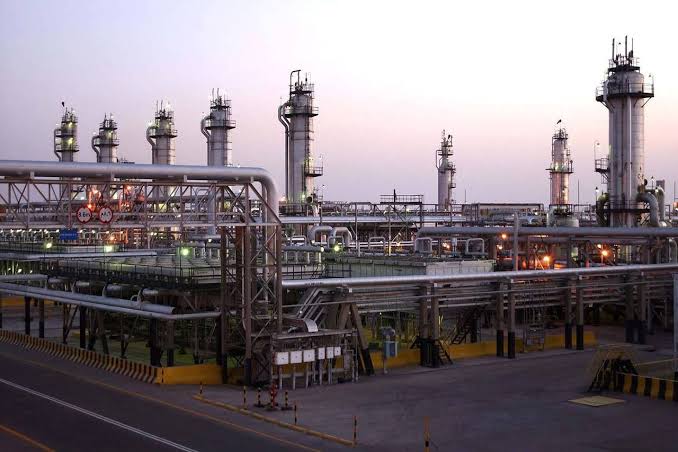The world economy is powered by the oil business, and the ten countries that produce the most oil have a big say in how energy markets work. These countries have a lot of crude oil reserves, which powers everything from cars to factories. This has an effect on fuel costs and geopolitical strategies around the world. They make sure there is a steady supply of oil to meet rising demand by using cutting edge mining technologies and managing their resources in a smart way. These countries use both inland and offshore drilling to keep their control over areas like North America, the Middle East, and Africa.
Even though each country has its own problems, like protecting the environment or relying on oil products for its economy, their work is still very important for keeping the world stable. This piece talks about how important these oil powerhouses are by describing their production and influence without going into detail about each one. This summary gives a clear and interesting look at the factors that affect the oil industry for people who want to learn more about how crude oil production, energy markets, and global economics work. This insightful guide was written to help you learn more about oil reserves, advanced drilling methods, and the future of the energy sector.
The Top Ten Largest Oil-producing Countries
10. Kuwait
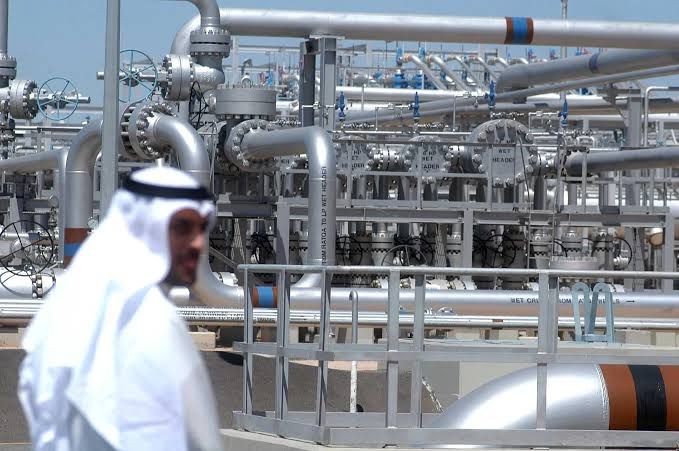
Kuwait remains a key player in the global oil industry, anchoring its economy with substantial crude oil production. In 2023, the nation produced approximately 2.91 million barrels per day (bpd) of total petroleum liquids, with 2025 estimates holding steady at around 2.9 million bpd, including 2.43 million bpd of crude oil by year-end. The Burgan Field, one of the world’s largest, drives much of this output, supported by proven oil reserves of 104 billion barrels, representing 9% of global reserves.
Kuwait Petroleum Corporation (KPC) and Kuwait Oil Company (KOC) lead operations, with the Al Zour refinery (615,000 bpd capacity) enhancing refining capabilities. Oil accounts for nearly half of Kuwait’s GDP and 95% of export revenue, making it a cornerstone of economic stability. However, political disputes and aging fields pose challenges, slowing project timelines. Investments of $44 billion through 2025 aim to boost capacity to 4 million bpd by 2035, ensuring Kuwait’s relevance in energy markets. Despite OPEC+ production cuts, Kuwait’s strategic focus on infrastructure and efficiency solidifies its position among top oil producers, balancing global supply dynamics and environmental pressures.
9. Iran
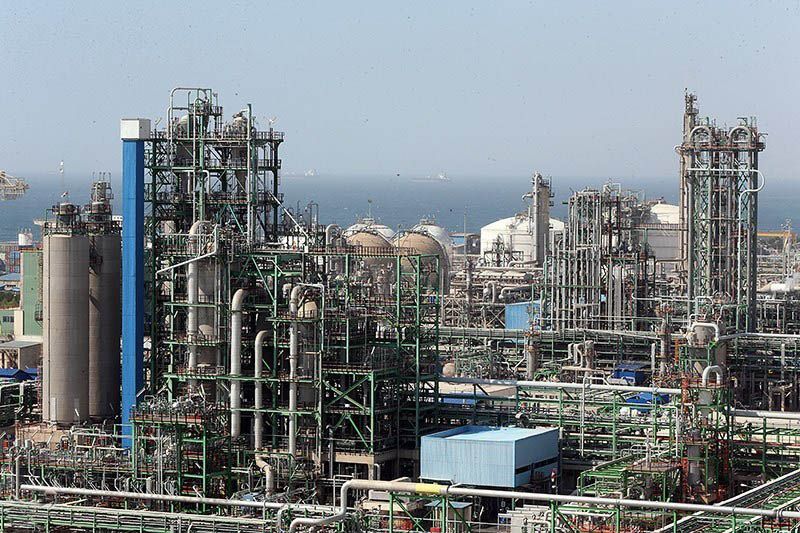
Iran holds a prominent spot in global oil production, leveraging its vast reserves to fuel its economy despite international challenges. In 2023, the country produced 3.99 million bpd of total petroleum liquids, with 2025 projections maintaining around 4 million bpd, contingent on geopolitical developments. With proven oil reserves of 208 billion barrels, ranking third globally, Iran’s oil wealth is concentrated in fields like the Ahvaz Field, managed by the National Iranian Oil Company (NIOC). Oil is a critical export, primarily to Asian markets, though U.S. sanctions have curbed growth, limiting access to technology and investment.
Since 2020, Iran has invested nearly $500 billion in its oil sector, aiming to sustain output and expand infrastructure. The industry supports economic stability, but reliance on oil exports exposes Iran to price volatility and geopolitical tensions. Recent shifts in global relations may ease sanctions, potentially boosting production. Iran’s resilience in maintaining output under constraints highlights its strategic importance in energy markets, though environmental concerns and aging infrastructure demand innovative solutions to ensure long-term competitiveness in the global oil industry.
8. United Arab Emirates (UAE)
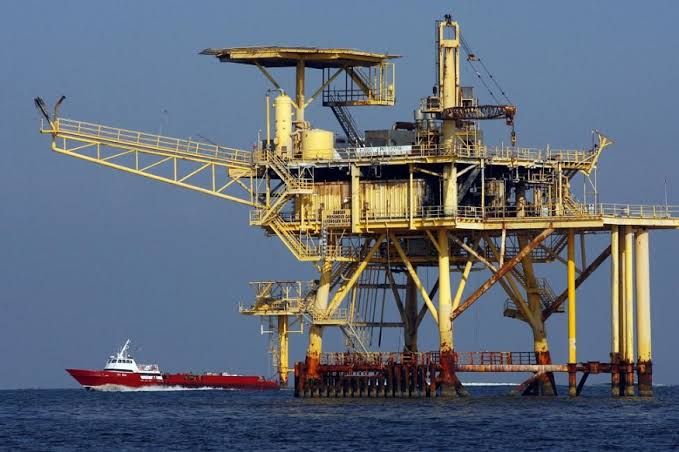
The United Arab Emirates stands as a powerhouse in the oil industry, balancing OPEC+ commitments with ambitious production goals. In 2023, the UAE produced 4.32 million bpd of total petroleum liquids, with 2025 forecasts suggesting stability at around 4.3 million bpd, aiming for 5 million bpd by 2027. Proven oil reserves of 111 billion barrels, mostly in Abu Dhabi’s Zakum Field, underpin this output, managed by the Abu Dhabi National Oil Company (ADNOC). Oil remains a major economic driver, contributing significantly to GDP, though diversification into tourism and renewable energy reduces dependency.
The UAE’s crude oil output capacity reached 4.85 million bpd in 2024, with projections from the National Bank of Kuwait estimating 3.4 million bpd by late 2025. Challenges include adhering to OPEC+ quotas while expanding infrastructure, yet strategic investments ensure steady growth. The UAE’s commitment to green finance, including a $30 billion fund, aligns oil production with sustainability goals, enhancing its global appeal. This blend of innovation and resource wealth cements the UAE’s role in shaping energy markets and global economics.
7. Brazil
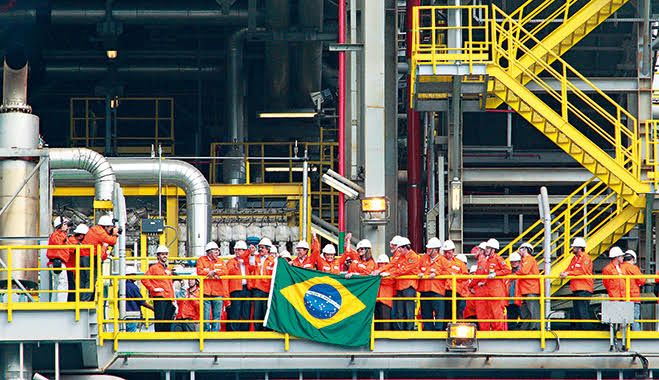
Brazil’s rise in the oil industry is fueled by its offshore prowess, making it a standout among top producers. In 2023, the country produced 4.77 million bpd of total petroleum liquids, with 2025 estimates nearing 4.8 million bpd and ambitions to hit 5.5 million bpd by 2026. Proven oil reserves of 12.7 billion barrels, concentrated in the Tupi Field, are modest compared to Middle Eastern giants, yet Brazil’s deepwater drilling expertise drives growth. Petrobras, the state-owned oil company, leads operations in the Santos Basin, where new Floating Production Storage and Offloading (FPSO) units like Alexandre de Gusmão boost output.
Oil is a key economic contributor, supporting exports and industrial growth, though environmental regulations and high extraction costs pose challenges. Brazil’s diversification into renewables tempers oil reliance, but offshore discoveries keep the sector vibrant. The EIA forecasts production growth of 0.1 million bpd in 2025, reflecting technological advancements. Brazil’s strategic focus on sustainable practices and infrastructure investment ensures its place in global energy markets, appealing to investors and policymakers navigating the evolving oil industry.
6. Iraq
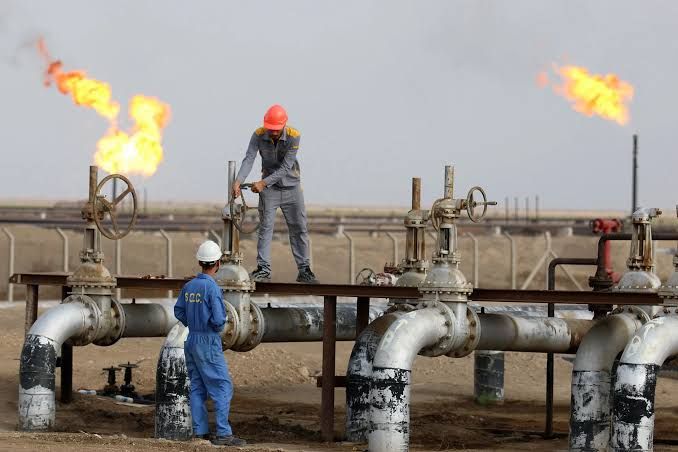
Iraq’s oil industry is a cornerstone of its economy, with significant potential despite ongoing challenges. In 2023, the nation produced 4.78 million bpd of total petroleum liquids, with 2025 projections holding at around 4.8 million bpd, targeting 6 million bpd by 2027. Proven oil reserves of 145 billion barrels, among the world’s largest, are centered in fields like Kirkuk, managed by the Ministry of Oil. Oil accounts for over 90% of government revenue, driving economic stability, though reliance exposes Iraq to global price swings. Infrastructure constraints, political instability, and security issues hamper growth, yet international partnerships with companies like ExxonMobil aim to modernize facilities.
Iraq’s role as OPEC’s second-largest producer underscores its influence in energy markets, with exports primarily to Asia. Efforts to improve extraction technologies and rebuild post-conflict infrastructure signal a promising future, though environmental concerns linger. By addressing these hurdles, Iraq can solidify its position as a global oil leader, balancing economic growth with sustainable practices to meet rising demand in the dynamic energy sector.
5. China
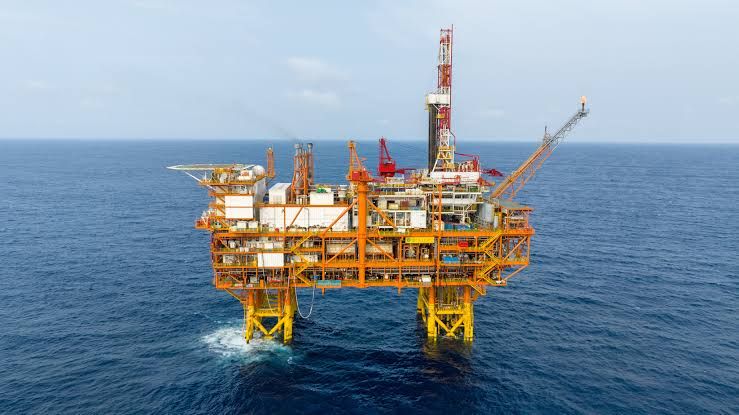
China’s oil production supports its massive energy needs, securing its place among global leaders. In 2023, the country produced 5.19 million bpd of total petroleum liquids, with 2025 estimates stable at around 5.2 million bpd. Proven oil reserves of 26 billion barrels, primarily in the Daqing Field, are modest relative to its consumption, as China imports 70% of its oil. State-owned giants like China National Petroleum Corporation (CNPC) and Sinopec drive output, focusing on domestic fields to enhance energy security. Oil is vital for industrial and transportation sectors, though China’s push for renewables signals a shift.
Economic growth relies on stable energy supplies, but environmental regulations and declining field productivity challenge production. Investments in advanced extraction technologies aim to sustain output, while geopolitical strategies secure import routes. China’s role in global energy markets extends beyond production, as its demand influences crude oil prices. By balancing fossil fuel reliance with green initiatives, China navigates the complex oil industry, ensuring economic stability while addressing global sustainability demands in a competitive energy landscape.
4. Canada
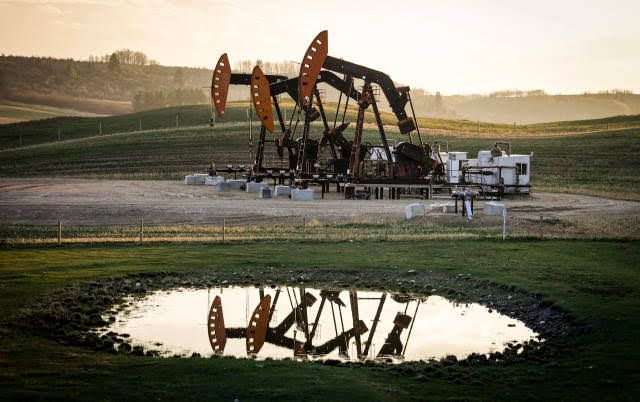
Canada’s oil industry thrives on its vast oil sands, cementing its status as a top producer. In 2023, the nation produced 6.09 million bpd of total petroleum liquids, with 2025 forecasts reaching 6.1 million bpd, driven by Alberta’s Athabasca Oil Sands. Proven oil reserves of 171 billion barrels, ranking fourth globally, underpin this output, managed by companies like Canadian Natural Resources Limited (CNRL) and Suncor Energy. Oil exports, primarily to the U.S., account for 80% of production, contributing significantly to GDP.
The Trans Mountain Pipeline expansion, operational since 2024, enhances access to Asian markets, boosting economic prospects. However, environmental regulations and pipeline capacity constraints challenge growth, with oil sands extraction facing scrutiny for its carbon footprint. Canada’s diversification efforts and investments in cleaner technologies aim to balance production with sustainability. The EIA projects 0.3 million bpd growth in 2025, reflecting steady expansion. Canada’s strategic position in global energy markets, coupled with its resource wealth, ensures its influence in shaping crude oil production and economic trends worldwide.
3. Russia
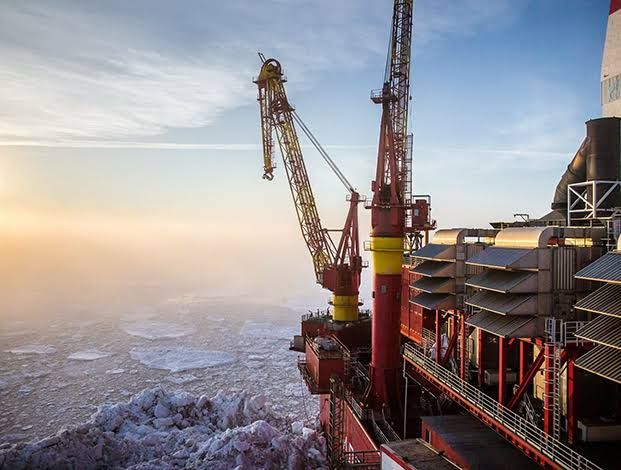
Russia’s oil industry remains a global force, navigating sanctions with resilient production. In 2023, the country produced 10.89 million bpd of total petroleum liquids, with 2025 estimates stable at around 10.9 million bpd. Proven oil reserves of 80 billion barrels, centered in the Samotlor Field, support this output, led by companies like Rosneft and Lukoil. Oil is a cornerstone of Russia’s economy, with exports to China and India sustaining revenue amid Western sanctions following the Ukraine conflict. The sector accounts for significant GDP and export earnings, though price volatility and restricted market access pose risks.
Russia’s vast Siberian fields hold untapped potential, but exploration is hampered by technological and financial constraints. Deputy Prime Minister Alexander Novak projects 515–520 million metric tonnes in 2025, reflecting stability. Efforts to redirect exports and invest in infrastructure underscore Russia’s adaptability in energy markets. Balancing geopolitical challenges with production goals, Russia maintains its influence in global economics, shaping crude oil supply dynamics while addressing environmental and market pressures.
2. Saudi Arabia
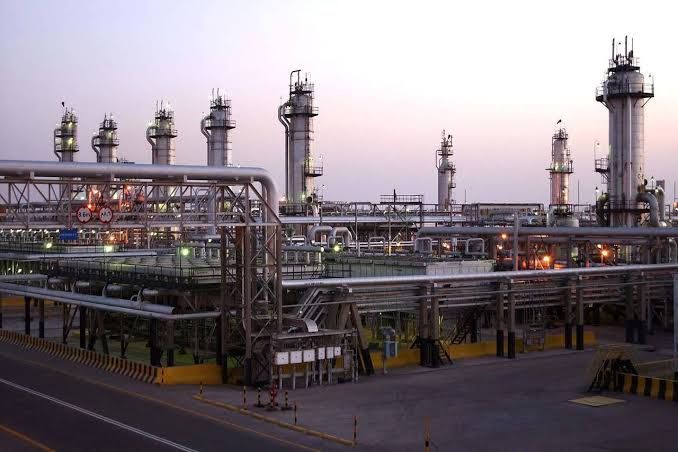
Saudi Arabia’s oil industry is a global titan, wielding unmatched influence in energy markets. In 2023, the kingdom produced 12.13 million bpd of total petroleum liquids, with 2025 forecasts around 12.1 million bpd, aiming to expand capacity to 13 million bpd by 2027. Proven oil reserves of 268 billion barrels, the world’s second-largest, are concentrated in the Ghawar Field, the largest conventional oil field, managed by Saudi Aramco. Oil drives 50% of GDP and 70% of export earnings, underpinning economic stability and global clout.
As OPEC’s leading producer, Saudi Arabia shapes crude oil prices through strategic output adjustments, with voluntary cuts extended into 2025 to stabilize markets. Challenges include balancing production with diversification goals under Vision 2030, which invests in renewables and tourism. Environmental pressures and OPEC+ dynamics add complexity, yet massive investments in extraction technologies ensure dominance. Saudi Arabia’s pivotal role in global economics and energy markets, fueled by its vast reserves and strategic vision, keeps it at the forefront of the oil industry.
1. United States
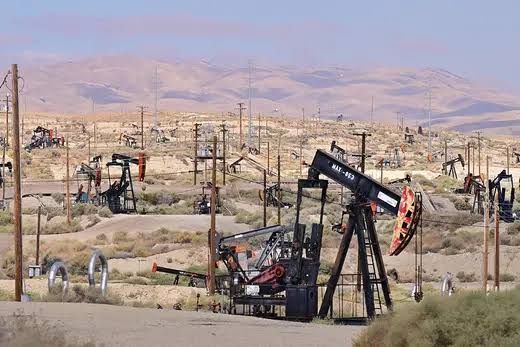
The United States reigns as the world’s top oil producer, driven by its shale revolution. In 2023, the nation produced a record 21.91 million bpd of total petroleum liquids, with 2025 estimates holding at around 21.9 million bpd. Proven oil reserves of 48 billion barrels, primarily in the Permian Basin, are modest compared to Middle Eastern giants, but advanced fracking and drilling technologies boost output. Companies like ExxonMobil and Chevron lead the charge, with shale oil accounting for much of the growth. Oil supports economic stability, with exports reaching 10% of production, though the U.S. remains a net importer.
The sector faces challenges from fluctuating crude oil prices and environmental regulations, with firms needing $65/bbl for profitable drilling, per the Dallas Fed Energy Survey. Infrastructure investments and efficiency gains sustain leadership in energy markets. The EIA forecasts 0.6 million bpd growth in 2025, reinforcing U.S. dominance. By leveraging innovation and vast resources, the United States shapes global economics and crude oil production, navigating sustainability demands in a dynamic oil industry.

